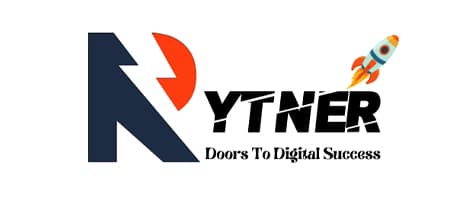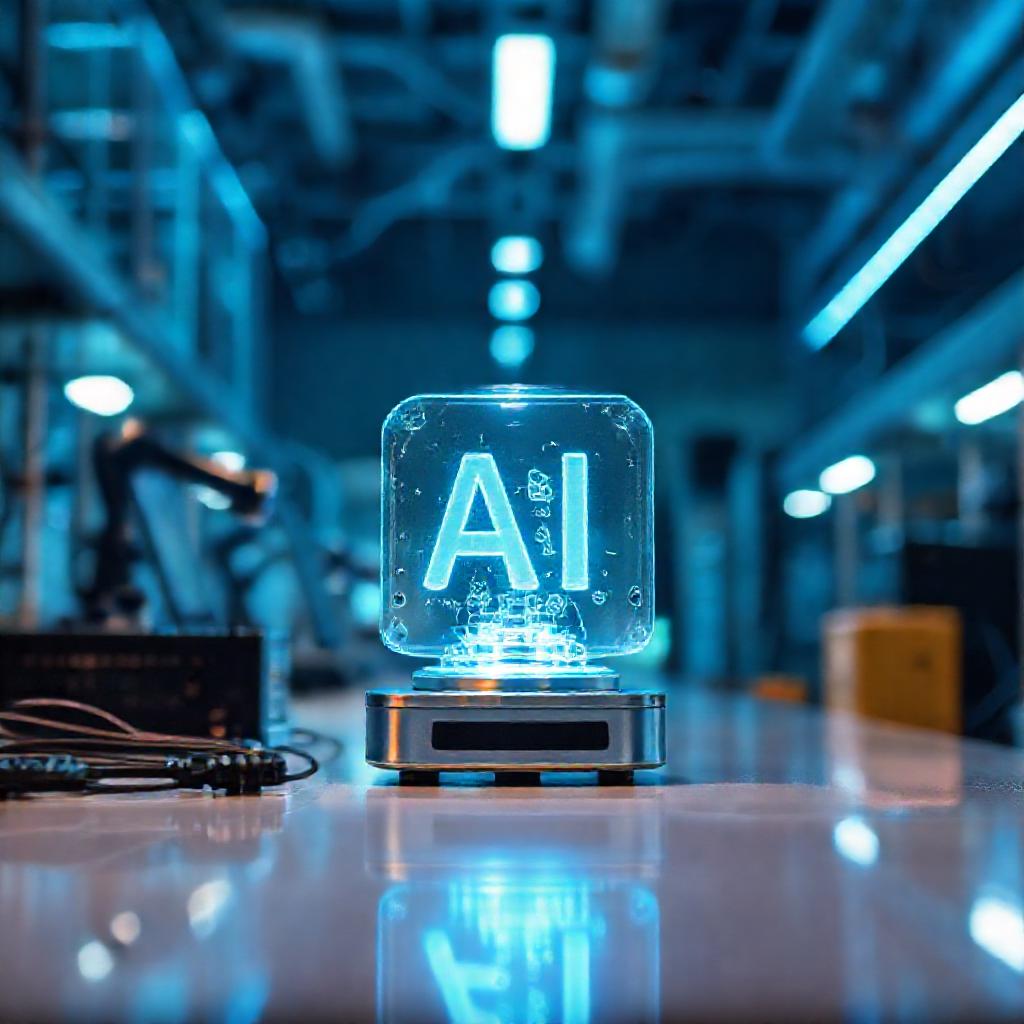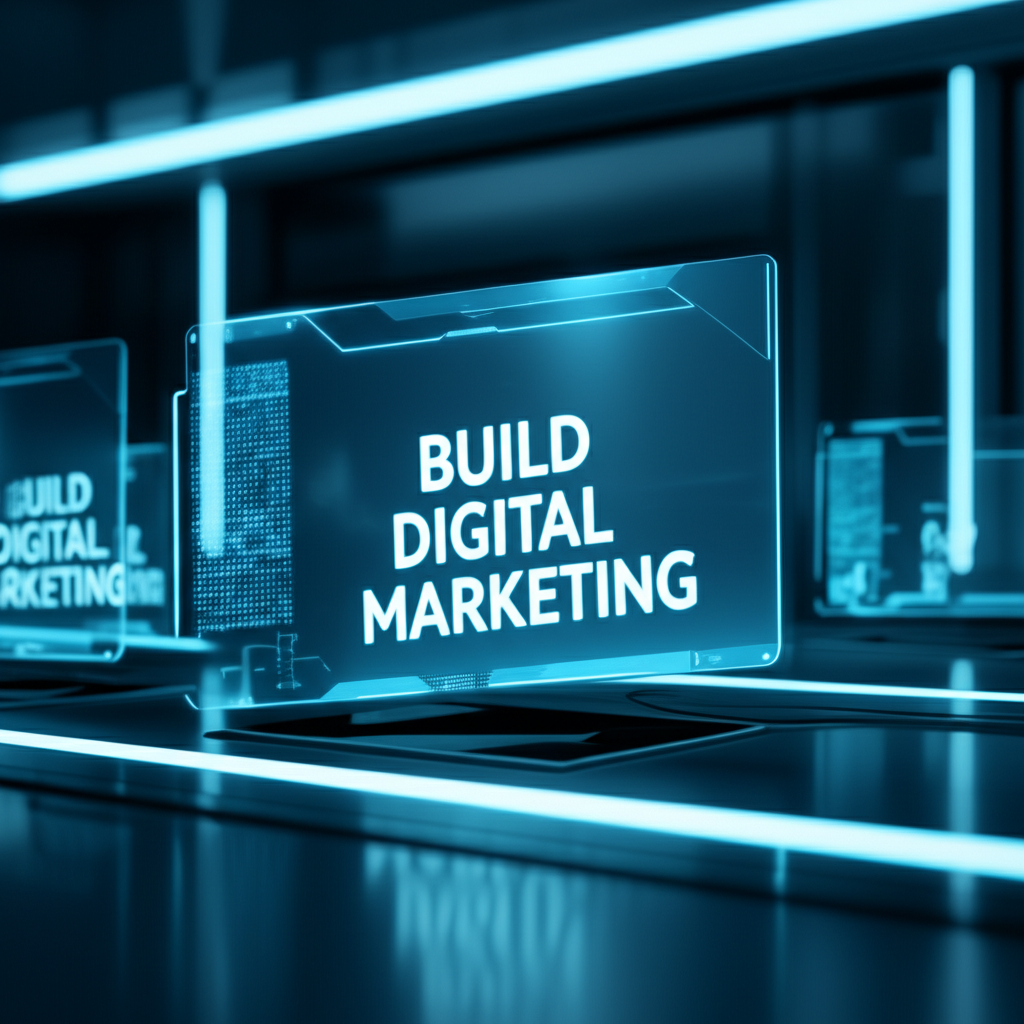In today’s fast-paced digital landscape, staying ahead of emerging trends is crucial for marketers. As we approach 2025, rapid advancements in technology and shifting consumer behaviors are reshaping how brands connect with audiences. From artificial intelligence to the metaverse, the next wave of digital marketing trends promises to redefine engagement, personalization, and data-driven strategies. Whether you’re a small business owner or a seasoned marketer, understanding these trends will be key to crafting effective campaigns and driving growth. Below, we explore the top digital marketing trends to watch in 2025 and how they’ll impact your strategy.
Historical Timeline
2020
COVID-19 accelerates digital transformation
2022
AI-driven personalization becomes mainstream
2023
Short-form video content dominates platforms
2024
Privacy-first marketing gains momentum
2025
Voice and visual search optimization peaks
Timeline infographic for Top Digital Marketing Trends to Watch in 2025
AI and Machine Learning in Digital Marketing
Hyper-Personalized Marketing with AI
Artificial intelligence is revolutionizing how brands deliver personalized experiences. AI-driven algorithms analyze vast amounts of customer data to tailor content, product recommendations, and marketing messages in real time. For example, e-commerce platforms use AI to suggest products based on browsing history, while email marketing tools automate personalized subject lines to boost open rates. By leveraging AI, businesses can create highly targeted campaigns that resonate with individual preferences, increasing engagement and conversions.
AI-Powered Chatbots and Virtual Assistants
Chatbots have evolved beyond simple FAQ responders—they now handle complex customer interactions with remarkable efficiency. Powered by natural language processing (NLP), these AI-driven assistants can resolve inquiries, guide users through purchase funnels, and even predict customer needs using predictive analytics. Brands like Sephora and Domino’s have successfully integrated chatbots into their customer service strategies, reducing response times and improving satisfaction. As AI continues to advance, expect chatbots to play an even bigger role in lead generation and support.
AI-Generated Content and Copywriting
AI tools like Jasper, Copy.ai, and Frase are transforming content creation by generating high-quality blogs, social media posts, and ad copy in seconds. While AI can draft compelling content, human oversight remains essential to ensure accuracy, creativity, and brand alignment. Ethical considerations, such as transparency about AI-generated content, will also become increasingly important. Marketers should view AI as a productivity enhancer rather than a full replacement for human creativity.
The Rise of Video and Interactive Content
Short-Form Video Dominance (TikTok, Instagram Reels, YouTube Shorts)
Short-form video continues to dominate social media platforms, capturing attention in just seconds. With platforms like TikTok and Instagram Reels, brands can quickly engage audiences with creative, bite-sized content. The key to success lies in authenticity and trends—leveraging viral challenges, behind-the-scenes clips, and user-generated content. Companies like Duolingo and Red Bull have mastered this format, using short videos to build brand awareness and drive conversions.
Live Streaming and Interactive Shopping
Live commerce is blending entertainment with shopping, allowing brands to showcase products in real time. Platforms like Amazon Live and TikTok Shop enable viewers to purchase directly during live streams, creating an immersive shopping experience. Interactive elements like Q&A sessions, polls, and exclusive discounts further enhance engagement. For example, beauty brands often host live tutorials where viewers can ask questions and make purchases instantly, boosting sales and customer loyalty.
Interactive Content (Quizzes, AR/VR Experiences)
Interactive content keeps audiences engaged longer than static posts. Quizzes, calculators, and AR/VR experiences provide value while collecting user data for future marketing efforts. For instance, a furniture brand might use AR to let customers visualize products in their homes before buying. VR is also being used for virtual events and product demos, offering immersive experiences that traditional marketing can’t match.
Voice Search and Conversational Marketing
Optimizing for Voice Search SEO
With the rise of voice assistants like Siri and Alexa, voice search is changing SEO strategies. Users rely on natural language queries, so optimizing for long-tail keywords and conversational phrases is essential. Brands should focus on answering questions concisely and structuring content to appear in featured snippets. For example, a local restaurant might optimize for “best Italian restaurant near me” to capture voice searches from nearby customers.
Conversational Marketing with Chatbots and Messaging Apps
Conversational marketing prioritizes real-time interactions through messaging apps like WhatsApp and Facebook Messenger. Chatbots can handle initial inquiries, while human agents step in for complex issues, creating a seamless experience. This approach builds trust and speeds up decision-making. Brands like Airbnb use messaging apps to provide instant customer support, enhancing satisfaction and reducing response times.
The Growth of Influencer and Micro-Influencer Marketing
Authenticity Over Celebrity: The Rise of Nano and Micro-Influencers
While mega-influencers have large followings, micro-influencers (10K–100K followers) and nano-influencers (under 10K) often drive higher engagement due to their niche audiences. Smaller influencers are perceived as more trustworthy, making their recommendations highly effective. Brands should seek influencers whose values align with theirs and collaborate on authentic content, such as unboxing videos or personal testimonials.
AI-Powered Influencer Discovery and Performance Tracking
AI tools simplify influencer marketing by identifying the best partners and tracking campaign performance. Platforms like AspireIQ and Upfluence analyze engagement rates, audience demographics, and content quality to match brands with suitable influencers. AI also predicts campaign success, allowing marketers to optimize strategies in real time. This data-driven approach ensures better ROI and more effective influencer collaborations.
Privacy-First Marketing in a Cookieless World
The Decline of Third-Party Cookies and Its Impact
As privacy regulations tighten, third-party cookies are fading away, forcing marketers to rely on first-party data and contextual targeting. Brands must focus on building direct relationships with customers through loyalty programs and email subscriptions. Contextual targeting, which places ads based on content relevance rather than user data, is becoming a key alternative. For example, a fitness brand might target health blogs instead of relying on personal browsing history.
GDPR, CCPA, and Global Privacy Regulations
Compliance with regulations like GDPR and CCPA is non-negotiable. Marketers must ensure transparent data collection practices and obtain explicit user consent. Building trust through clear privacy policies and secure data handling is crucial. Companies like Apple, which prioritize user privacy, set a strong example for brands navigating these regulations.

The Metaverse and Web3 Marketing
Virtual Brand Experiences in the Metaverse
The metaverse offers brands new ways to engage audiences through virtual events and immersive experiences. Companies like Nike and Gucci have already launched virtual stores and NFT-based products, attracting tech-savvy consumers. As the metaverse grows, expect more brands to create digital showrooms, interactive ads, and gamified marketing campaigns to captivate audiences in 3D spaces.

NFTs and Blockchain in Digital Marketing
NFTs (non-fungible tokens) are being used for exclusive content, loyalty rewards, and brand engagement. For example, Coca-Cola auctioned NFTs tied to digital collectibles, generating buzz and revenue. Blockchain ensures transparency in transactions, building trust with consumers. While still emerging, NFTs and blockchain have the potential to revolutionize digital marketing by offering unique, verifiable experiences.

Sustainability and Ethical Marketing
Consumers Demand Eco-Friendly and Ethical Brands
Sustainability is no longer optional—it’s a key purchasing factor, especially for Gen Z and millennials. Brands must highlight eco-friendly practices, such as using recycled materials or carbon-neutral shipping. Patagonia’s commitment to environmental activism is a prime example of how sustainability can drive brand loyalty.
Transparent Supply Chains and Social Responsibility
Consumers want to know where products come from and how they’re made. Brands that provide transparency, such as fair labor practices and ethical sourcing, build stronger trust. Companies like Everlane detail their supply chain costs, appealing to socially conscious shoppers. Integrating social responsibility into marketing strategies can enhance a brand’s reputation and customer loyalty.
Conclusion
Digital marketing in 2025 will be shaped by AI, personalization, privacy, and immersive experiences. From AI-driven chatbots to metaverse campaigns, marketers must stay agile to capitalize on these trends. Prioritizing authenticity, sustainability, and data transparency will be key to building lasting connections with audiences. By adopting these strategies, businesses can future-proof their marketing efforts and thrive in an ever-evolving digital landscape.
FAQs
- How can small businesses leverage AI in digital marketing?
- Will voice search completely replace traditional search?
Small businesses can start with AI-powered tools for email automation, chatbots, and content creation. Platforms like HubSpot and Canva offer user-friendly AI features to streamline marketing efforts without requiring extensive technical knowledge.
While





